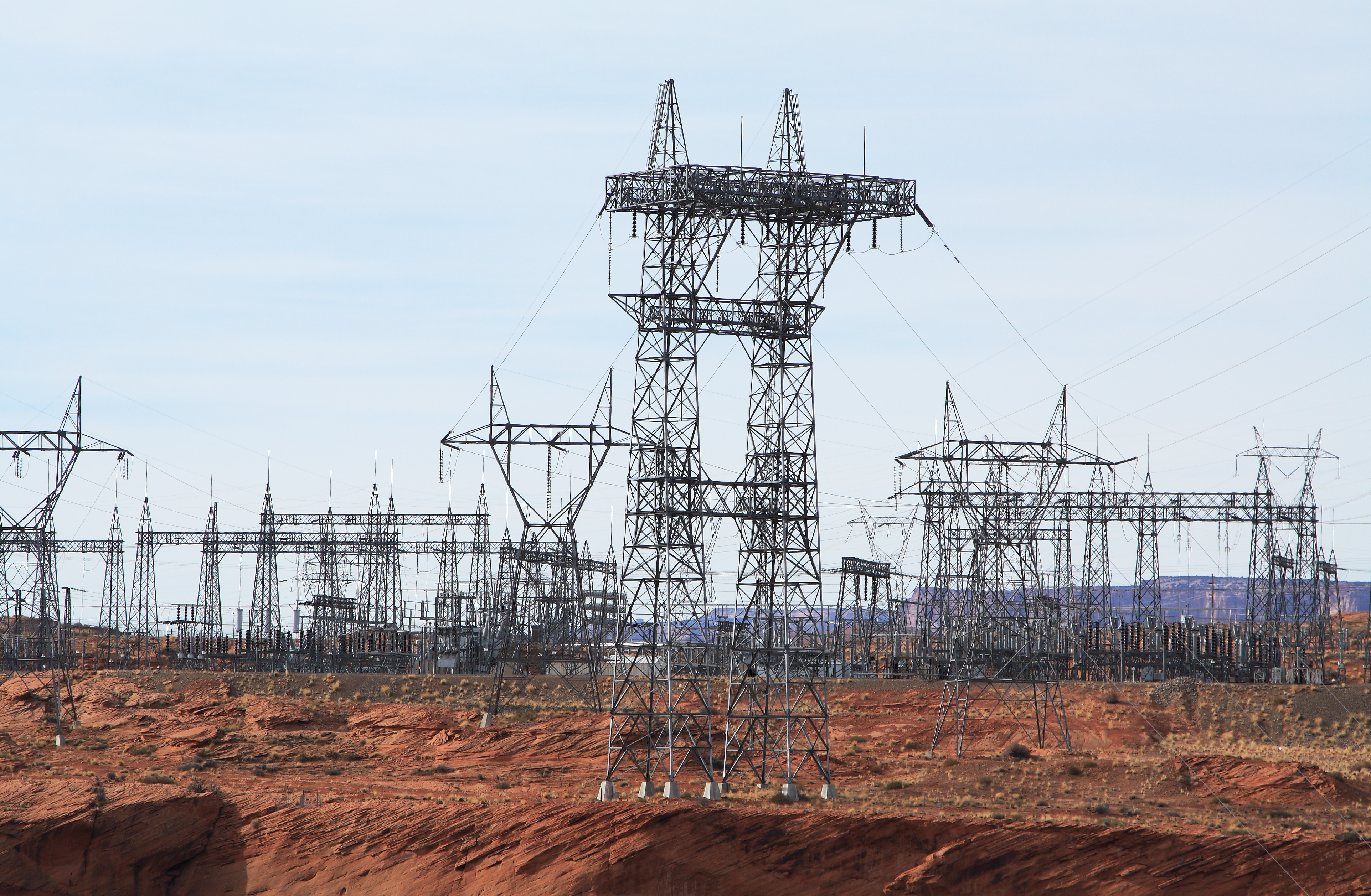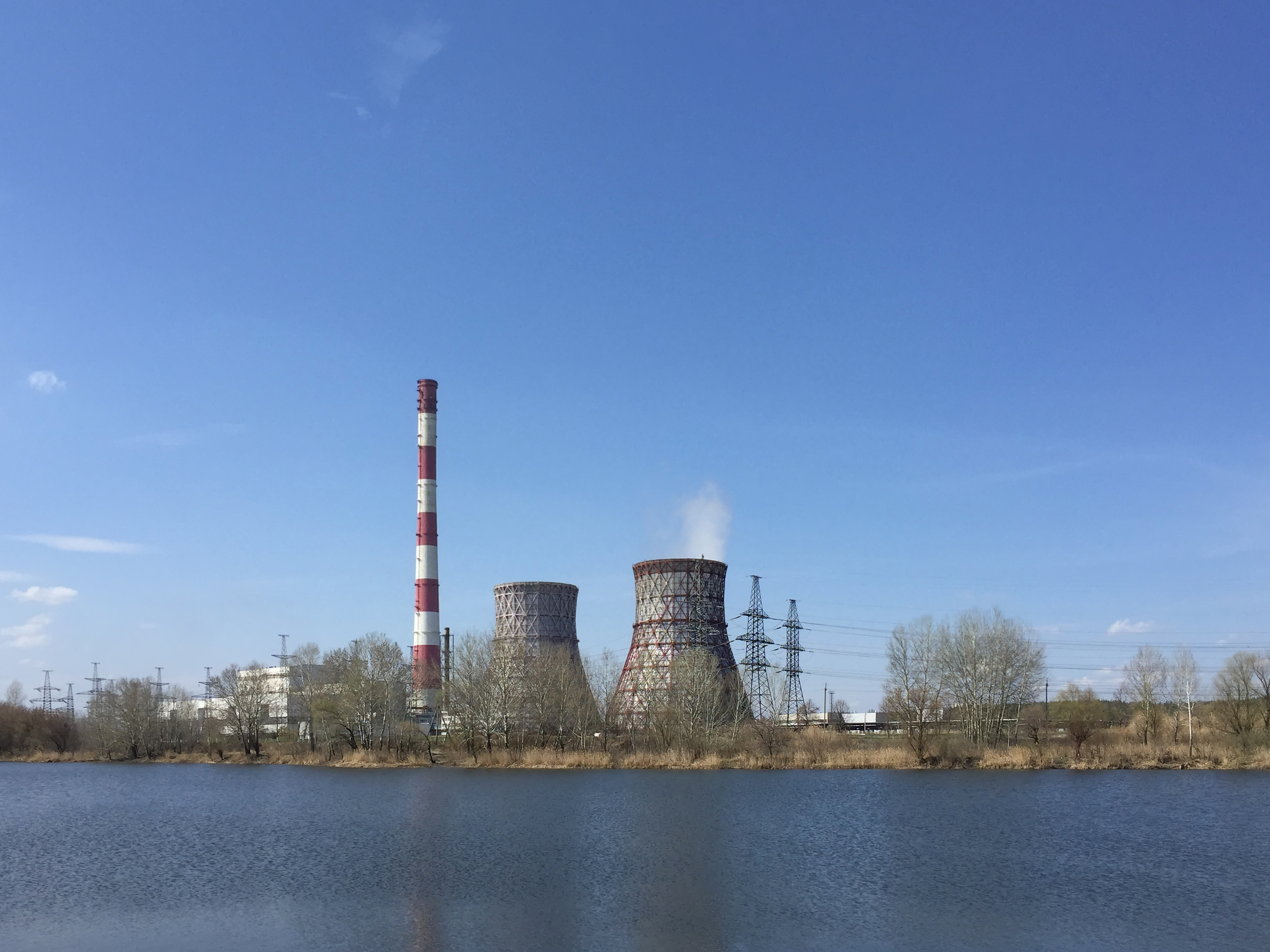After nearly 50 years in operation, the Fiddler’s Ferry Power Station officially closed on the last day of March. Operator SSE announced its closure last June, after nearly five decades of dominating the skyline between Warrington and Widnes.

Similarly, RWE shut down the Aberthaw coal plant on the same day, which has been serving the electricity system in the UK since 1971.
The closure of the two power stations has left only four UK coal plants in operation ahead of the government ban on coal-based power from 2025.
Shutting Fiddler’s Ferry Down
Ferry’s Fiddler power plant commenced operations in 1973 and was previously generating electricity for two million households. It had a 2,000-megawatt (MW) capacity.
SSE stated that the station was losing around £40 million per year and was struggling to compete with modern gas-fired power plThe power plant’s proposal and a planning application was submitted in 1962, with the first 500 MW unit going online in 1971. It became fully operational two years later.ants and renewables. It drove the operator’s decision to close down Fiddler’s Ferry.
The closure comes in support of the UK government’s target to stop unabated coal-based power generation by 2025, with the SSE committing to perform its obligation of achieving net-zero emissions.
With SSE announcing its closure, some 158 employees are to be redeployed, with some of them working on plant decommissioning, while others have been given the voluntary redundancy offer.

SSE’s other coal-fired power station, the Ferrybridge C Station, was shut down in 2016.
SSE managing director Stephen Wheeler of the operator’s fossil fuel business stated the plant’s closure was a landmark for the energy sector’s future as it moves towards the net-zero carbon outlook.
Wheeler said the shutdown contributed mainly to the local area and is the proper thing to do to ensure that the UK shifts to cleaner methods of producing energy. It also helps tackle climate change and is a step in the right direction to solving the issue.
Furthermore, Wheeler added the SSE is the country’s leading renewable energy generator, having the goal of trebling its output by 2030. He stated the company plans to reinforce its renewable generation with highly efficient gas-fired power stations. These plants will be employing carbon capture storage and hydrogen technology to decarbonise the energy sector further.
RWE’s Aberthaw Closes
RWE announced in July 2019 that its coal-fired station in South Wales, the Aberthaw Coal Plant, would be officially closed on March 31. It stopped synchronizing from the electricity grid since December.
RWE Chief Executive fRWE announced in July 2019 that its coal-fired station in South Wales, the Aberthaw Coal Plant, would be officially closed on March 31. It stopped synchronizing from the electricity grid since December.
or generation Roger Miesen stated the difficult time experienced by the Aberthaw power plant was due to the market conditions. The current landscape did not work in favor of coal-powered stations since the UK is transitioning to cleaner forms of energy generation
Dwindling Coal Use
All coal-fired power stations in the UK are sanctioned to close by 2025 after the government put down the decision to ban coal burning for power generation. Burning coal produces twice the carbon emissions versus gas-fired energy production.

Several of the UK’s coal plants closed earlier than the intended deadline since they were already considered to be uneconomic to operate because of the government tax imposed on carbon.
In 2019, only 2.1% of the total power mix in the UK was contributed by coal-fired electricity. This percentage was a dramatic decline compared to four years ago when it held almost 25% of the total electricity mix that powered up the UK.
In 2019, only 2.1% of the total power mix in the UK was contributed by coal-fired electricity. This percentage was a dramatic decline compared to four years ago when it held almost 25% of the total electricity mix that powered up the UK.
